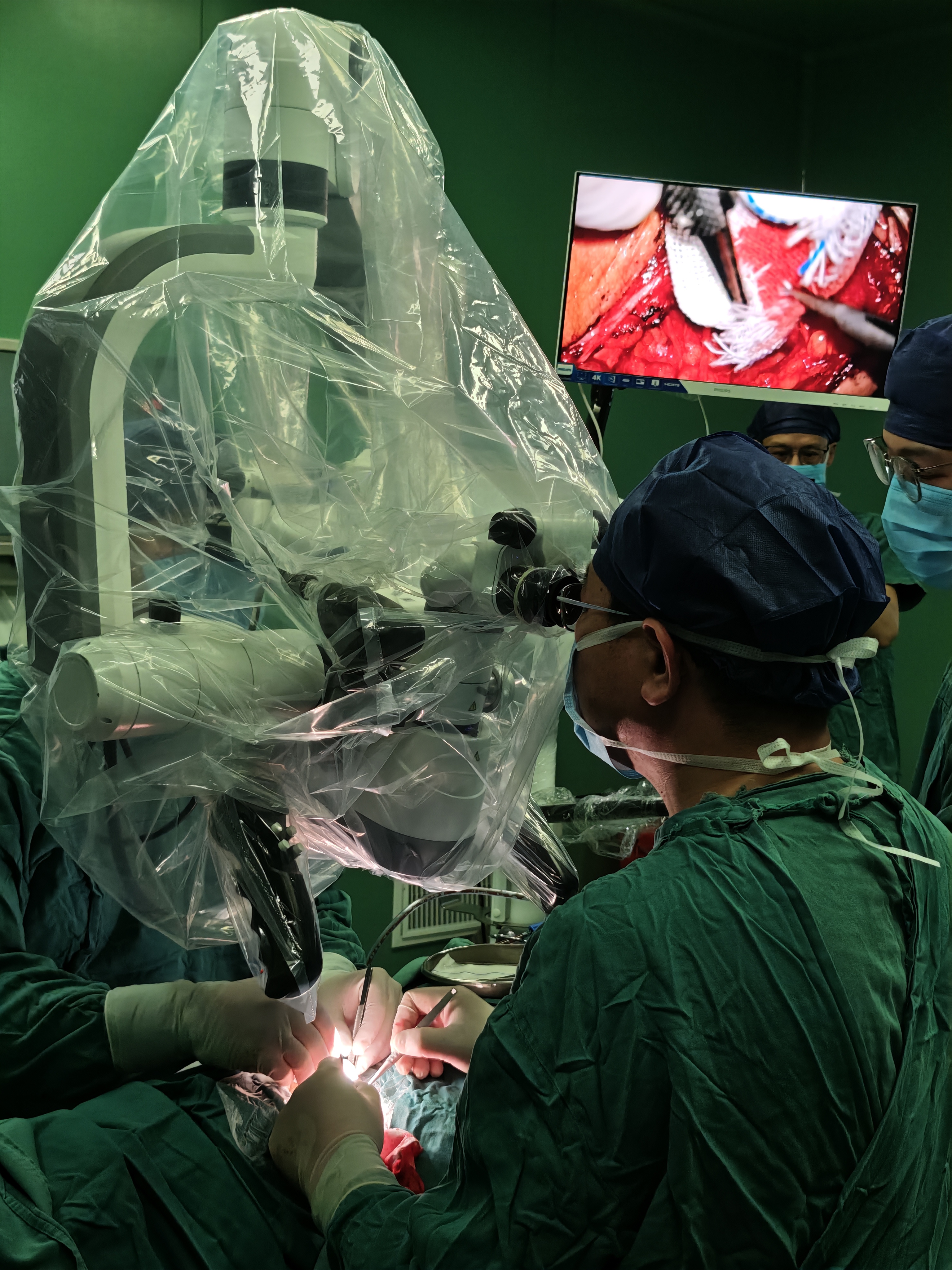Illuminating Precision: The Evolution and Versatility of Modern Surgical Microscopes
The realm of medical technology has witnessed remarkable advancements in surgical microscopy, a field where precision meets innovation to redefine patient outcomes. From intricate dental procedures to delicate ophthalmic surgeries, the integration of cutting-edge optics, ergonomic design, and adaptive illumination systems has transformed these devices into indispensable tools across disciplines.
At the heart of modern surgical practice lies the operating microscope, a marvel of engineering that combines high-resolution imaging with user-centric functionality. The rise of LED fluorescence in operating microscopes exemplifies this progress. Unlike traditional lighting systems, LED modules offer superior brightness, reduced heat emission, and enhanced energy efficiency—critical factors during prolonged surgeries. Suppliers specializing in LED fluorescence systems emphasize durability and customizable spectral ranges, enabling surgeons to visualize tissues with unparalleled clarity, particularly in fluorescence-guided procedures.
In dentistry, the adoption of microscopes has revolutionized both diagnostics and treatment. The endodontist microscope, equipped with stereo zoom capabilities and dual aspheric lenses, allows clinicians to navigate the complex anatomy of root canals with sub-millimeter precision. Paired with digital tools like dental scanners, these microscopes facilitate 3D imaging integration, streamlining workflows in restorative and implantology procedures. Similarly, ENT specialists rely on multipurpose microscopes for otolaryngological interventions, where adjustable magnification and modular attachments accommodate diverse surgical needs, from sinus surgeries to vocal cord repairs.
Ophthalmic microscopy represents another frontier of innovation. Cornea surgery microscopes, for instance, demand exceptional optical fidelity to manage transparent tissues. Advanced models incorporate variable aperture controls and coaxial illumination, minimizing glare during procedures such as cataract removal or retinal repair. While premium systems from renowned brands command higher price points, the market also sees growing demand for refurbished surgical microscopes, offering cost-effective alternatives without compromising performance. Third-party refurbishment programs ensure rigorous recalibration and part replacements, extending the lifecycle of devices like binocular microscope sets or video zoom systems.
The manufacturing landscape reflects a blend of specialization and scalability. Factories producing microscope stereo zoom modules or USB-compatible binocular systems prioritize modular designs, allowing hospitals to upgrade existing equipment with newer components like aspheric lenticular lenses or LED arrays. Double aspheric lenses, in particular, have emerged as a game-changer, correcting optical aberrations across wider fields of view—a boon for microsurgery applications requiring depth perception and edge-to-edge sharpness. Meanwhile, suppliers of fluorescent light systems collaborate closely with clinicians to tailor wavelength specifications for niche applications, such as tumor delineation in neurosurgery.
Market trends highlight the expanding role of surgical microscopes beyond traditional operating rooms. Veterinary medicine, for example, increasingly adopts ENT multipurpose microscopes for delicate animal surgeries, while research institutions leverage high-end models for cellular studies. The surge in minimally invasive techniques further fuels demand for compact, portable systems. USB binocular microscopes, often paired with digital recording interfaces, exemplify this shift, enabling real-time collaboration and telemedicine consultations.
Quality control remains paramount among manufacturers. Components like objective lenses, beam splitters, and focus mechanisms undergo stringent testing to ensure compliance with international standards. This attention to detail is especially critical in neurosurgery, where microscopes must deliver flawless performance during high-stakes interventions. The Carl Zeiss legacy in optical excellence continues to influence industry benchmarks, though newer entrants compete by offering competitive pricing and hybrid features, such as integrated dental scanners or wireless control interfaces.
Sustainability is another growing consideration. The market for refurbished surgical microscopes not only addresses budget constraints but also aligns with eco-conscious initiatives. By reprocessing devices like slit lamp microscopes or microsurgery units, suppliers reduce electronic waste while maintaining accessibility for smaller clinics or emerging healthcare markets.
Looking ahead, the convergence of artificial intelligence and augmented reality promises to unlock new dimensions in surgical microscopy. Imagine microscopes that overlay preoperative scans onto the surgical field or adjust focal planes autonomously based on tissue density. Such innovations, coupled with advances in robotic-assisted systems, will further blur the lines between human skill and technological augmentation.
From the factory floor to the operating suite, surgical microscopes embody a synergy of precision engineering and clinical insight. As technology evolves, these devices will continue to illuminate the path toward safer, more efficient healthcare—one meticulous procedure at a time. Whether enhancing visualization in endodontics, empowering ENT specialists, or refining corneal surgeries, the future of surgical microscopy shines brighter than ever.

Post time: Apr-17-2025







